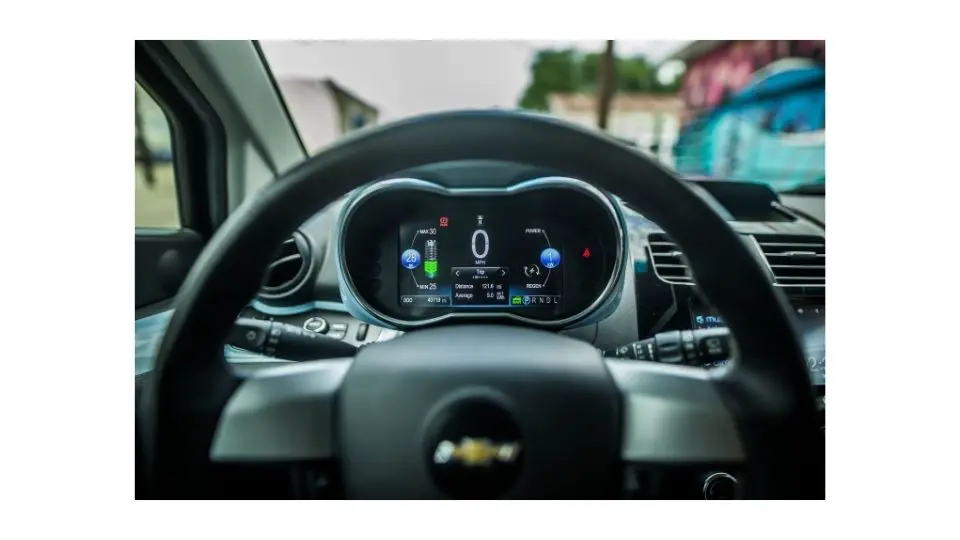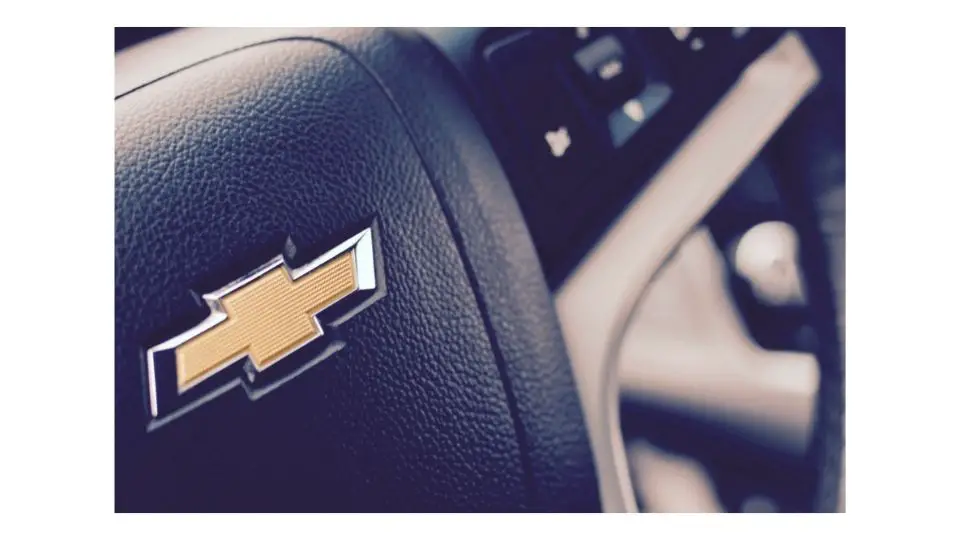Are you considering a Chevy Avalanche and wondering which Chevy Avalanche years to avoid? Well wonder no further because this article is going to answer that question for you.
If you are looking into a vehicle that serves as both utility and luxury, look no further than the Chevy Avalanche. Though it had a short production history of only 12 years, it proved to be a reliable vehicle during its production run. This is evident in how popular it still is to this day in the used car market.
Built as the love child of a truck and an SUV, the Chevy Avalanche lasted for two generations. The first- gen being from 2001 – 2006, followed by the second gen from 2006 – 2013 when it was terminated.
During its 12-year window, Chevy Avalanche have its flaws and here are chevy years you must avoid: 2005 Avalanche, 2007 Avalanche, 2002 Avalanche · 2004 Avalanche.
It is not surprising though that the cars with the most issues would be the first-gen models as they have higher mileage and were pretty much the mould from which those improvements were made. Let’s take a closer look at the models you need to keep an eye out for.
Common Issues with these Avalanche Years
2005 Avalanche
Distinct from its predecessor because of its trim and equipment change, the 2005 has 3 main issues. The first problem occurs at about 54000 miles, which is transmission failure followed by transmission slips and jerks and lastly problems with stalling while driving and refusing to restart.
2007 Avalanche
This is the first of the Chevy Avalanche second generation having undergone a full redesign. The 2007 Avalanche has excessive oil consumption issues, problems with engine failure and when the engine misfires. The problems usually start occurring around the 68000 miles mark. In addition, this model also has a cracked dashboard problem.
2002 Avalanche
It is the first of its kind to be dubbed the ‘ultimate utility vehicle.’ It set the standard although the first and oldest model faces some problems. The 2002, at over 100000 miles, starts having faulty brake line issues, defective front impact sensors and intermediate steering shaft wearing out.
2004 Avalanche
This is the third of the 1st gen iterations. It is as roomy and comfortable as the rest in its line with interesting trims. The first issue with the 2004 has to be the failure of the 4WD case position sensor followed by the problems with the interiors accessories such as your oil pressure gauges and speedometer. The AC or heating systems tend to fail too and this is also around the 70000-mile mark.
The design of the first-generation Chevy avalanche has a lot of plastic in its external design, which begins to fade with time. This tends to affect the overall look of the car.
Fixing this with a heat gun would be a time-consuming process but trim restoration liquid is a quick application to achieve the same finish. The second gens have a problem with a cracking dashboard.
The design used to put more stress on the plastic, which makes cracking more likely. The cost of replacing the whole dash can put you back on average $1500.
As it is a cosmetic issue it is not taken very seriously but if you are the one buying it cosmetic or not it is a problem you would rather not have. Faulty airbag inflators made by Takata have caused the recall of some of the second-generation models.
A combination of moisture and heat resulted in some of the airbags automatically discharging on their own. The cars with this inflator system have been recalled and the vehicle airbags fixed.
These issues are ubiquitous but not so widespread that they have caused the vehicle to be completely written off. The Chevy avalanche still remains popular and with good reason. Apart from the years stated above, you will rarely find a car that you will need to avoid.
Cost of repairs
How much can you expect to spend on repairing these problems? We will look into that next. These are generalisations basing on the problems that are common to each of the above-mentioned models.
The 2005 Chevy Avalanche has repair costs that come up to about $2500 per fix on average. For the 2007 model, expect to spend around $2100 to get the problems fixed.
The 2002 Chevy Avalanche problems will cost $1600 on average to get it fixed. Lastly, the average cost of repairs in the 2004 model is around $2300 per fix, almost as expensive as the 2005.
It has to be noted that the above figured are a general range when you are getting all the problems with the model fixed. It is, however, quite rare to have all those problems occurring simultaneously. You will most likely have some problems and not all of them.
Final Thoughts
The Chevy Avalanche has been praised for being in a unique class at its introduction. Attracting both the Truck and SUV markets and earning the title of ‘Sport Utility Truck’ the Chevrolet Avalanche has been one of the most profitable and reliable vehicles GM has produced.
Yet, within the series of vehicles produced in the 12 years, it was being manufactured, some did not stand to the same level of scrutiny namely the 2002, 2004, 2005 and 2007.
Resources:
https://repairpal.com/problems/chevrolet/avalanche-1500

Tomas is a retired Chevy Auto Technician that brings decades of hands-on experience and expertise to the table. He’s also a father to two incredible daughters. He enjoys using his knowledge and experience to help you solve and find reliable information on Chevrolet vehicles. Whether it’s troubleshooting engine problems or providing tips for maintenance, Thomas is committed to helping Chevy owners keep their vehicles running smoothly and safely.




